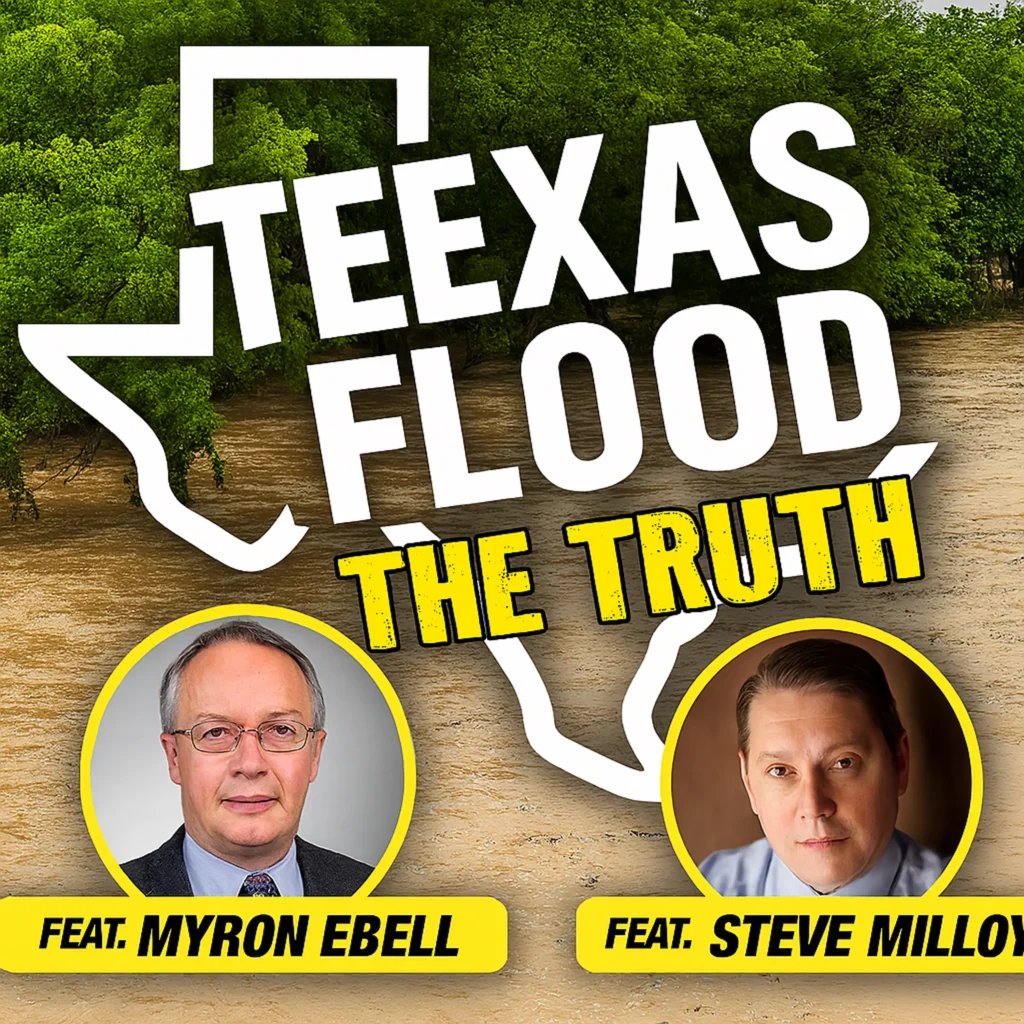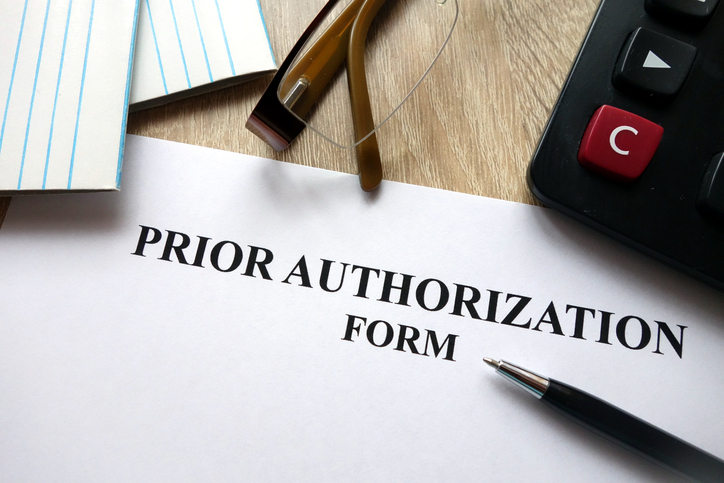Living under the constant specter of a major storm event, property insurers have been struggling to make money providing insurance coverage for wind damage in high-risk areas, where chances of profit are low and political scrutiny is high. As a result, most wind coverage in hurricane areas has shifted to state-run insurers of last resort.
While many of the larger insurers have given up on coastal markets, State Farm Insurance Companies has chosen to remain. This decision has led to numerous challenges exemplifying the difficulties the industry and regulators face in reconciling their respective concerns.
In Florida, State Farm—the second-largest homeowner insurer in Florida with more than 700,000 policies in force—has engaged in a years-long struggle with Gov. Charlie Crist (R) and the Florida legislature over the rates the company can charge its policyholders.
Struggle Over Requested Increase
The battles in Florida came to a head after stare regulators rebuffed State Farm’s request for a 47 percent rate increase. State Farm, headquartered in Bloomington, Illinois, then declared it would pull out of the Florida homeowners insurance market in early 2009.
However, recent efforts by Florida regulators have convinced the firm to remain in the state. In November 2009, Florida Insurance Commissioner Kevin McCarty approved a 14.8 percent rate increase for State Farm. He also allowed the insurer to drop approximately 15 percent of its residential policies.
The compromise agreement, forged after a year of conflict, had both sides declaring victory.
‘Product of Arduous Process’
“This agreement is the product of a long and arduous negotiation process. The final result is beneficial to the people of the State of Florida, and beneficial to the Florida insurance marketplace,” McCarty told Reuters.
Jim Thompson, president of State Farm Florida, said, “This is an important step. It helps stem State Farm Florida’s deteriorating financial condition. It reduces the company’s risk exposure. It moves us closer to rate adequacy. And for most of our customers it means that State Farm Florida continues to be there for them.
“I want to acknowledge the cooperation of the Office of Insurance Regulation in working through all of this. This was not easy for any of us. We were losing $20 million a month, and we both were trying to work through some tough issues,” he added.
Thompson said this order helps move the company toward its goal of stabilizing its financial condition, but he cautioned it is a long-term process with many continuing challenges.
“As State Farm Florida tries to rebuild its financial strength, it still faces significant issues in order to meet its obligations to policyholders,” he said. “Equally important is a stable regulatory environment that supports a viable and sustainable private property insurance market in Florida,”
In Mississippi, State Farm in December 2009 received approval from State Insurance Commissioner Mike Chaney for a 19.5 percent rate hike for its coastal policyholders. The rate increase took effect in February. State Farm’s initial request was for a 45 percent rate hike in the three coastal counties.
Statewide Rates Required
After approving State Farm’s increase, however, Chaney announced the state would require the firm and other large insurers to file rates that apply to the state as a whole. They would then be allowed to come back with rate modifications depending on the rating territory.
He said while the company adjusted rates up for hurricane risk in the coastal counties, it did not adjust down for reduced risks for certain other losses, including hail and tornado damage. Those risks are much greater in the inland areas.
“We are taking an aggressive stance to protect insurance consumers, make sure we have a viable insurance industry, and ensure claims can be paid,” Chaney said.
Matthew Glans ([email protected]) is a legislative specialist in insurance and finance at The Heartland Institute.




